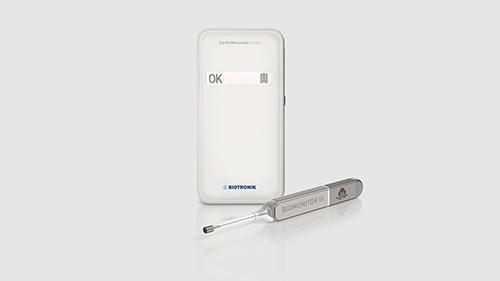Health Conditions
What Is Syncope?
Syncope is the medical term for fainting or passing out. It is a temporary loss of consciousness characterized by rapid onset, short duration, and spontaneous recovery. Usually, an abrupt lack of blood supply to the brain leads to fainting. Syncope can either occur suddenly without any warning symptoms or can be preceded by sweating, nausea, blurred vision, pale skin and lightheadedness.
What Causes Syncope?
There is a wide range of causes for syncope. Syncope may be caused by:
- emotional stress
- intense pain
- sudden changes in body position
- medication
- overheating, dehydration, exhaustion
It may also be the result of diseases of the heart or the lungs or neurologic, psychiatric and/or metabolic disorders.
The most serious causes for syncope are heart-related because they may lead to acute events which need immediate medical attention. These include heart arrhythmias, diseases of the heart valves or the heart muscle as well as coronary artery disease (CAD).
How Is Syncope Diagnosed?
Syncope is common and can have different origins
As there are so many possible causes for fainting and these causes may be transient, a doctor will not always be able to identify the cause of a single syncope. If you have experienced only one syncope accompanied by some of the warning signs mentioned above and recovered completely afterwards, it was most likely harmless. In fact, many people experience one or more episodes of syncope in their lives. However, without a medical check, you cannot know whether your fainting was harmless or a symptom of a serious health problem. To be safe, a doctor should examine you after you have experienced syncope

To find the underlying cause of fainting
In order to detect the cause of syncope, a doctor asks you specific questions about the events preceding the syncope and your medical history. After a thorough physical examination, he performs an electrocardiogram (ECG) while resting and a stress test to measure the heart rhythm. A tilt table test enables physicians to monitor a patient’s ECG and blood pressure as they change from lying to an upright position. Sometimes these tests determine neither the cause of your fainting nor will they be able to exclude underlying cardiac arrhythmias. In these cases, further examinations are required.

Monitoring options
Since cardiac arrhythmias may occur only temporarily it may be recommended to perform a long-term ECG. This can be done in several ways.
- A Holter monitoring is a continuous 24-hour tape recording of an ECG. It is done with a portable device, which can be worn during daily activities.
- An external loop recorder (ELR) is fastened to the patient's belt and measures the ECG over several days. The data can be transmitted automatically to the physician or the patient can initiate data transfer.
- The implant of a cardiac monitor (ICM) like the BIOMONITOR is very useful when long term continuous monitoring is needed. The BIOMONITOR, is placed under the skin in the left chest area and continuously monitors the heart rhythm during the day and night. Heart rhythm disturbances are detected automatically and ECGs are stored for examination. For further information on the BIOMONITOR click here.


